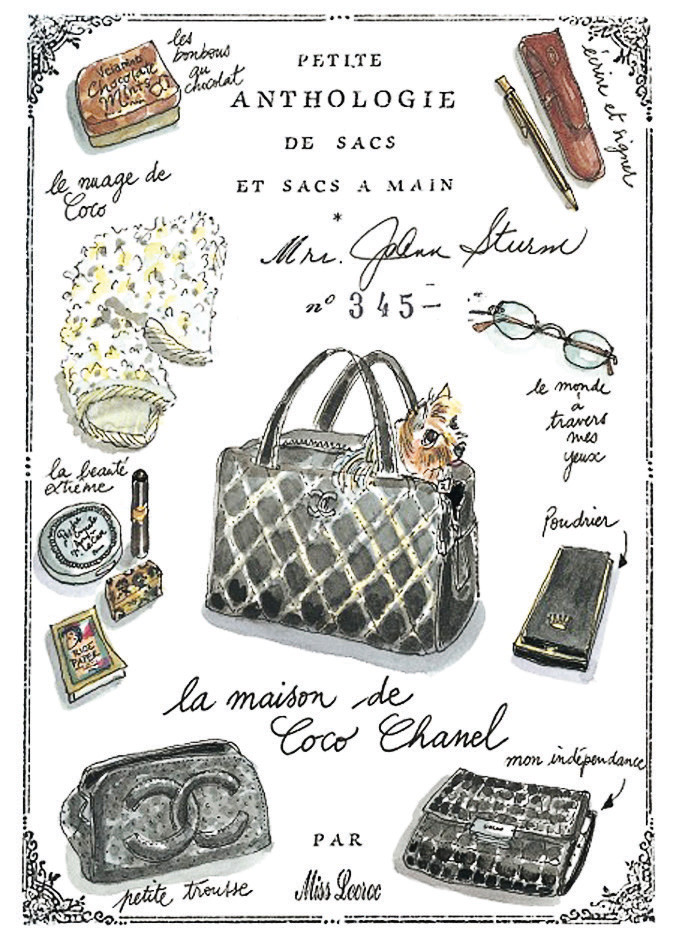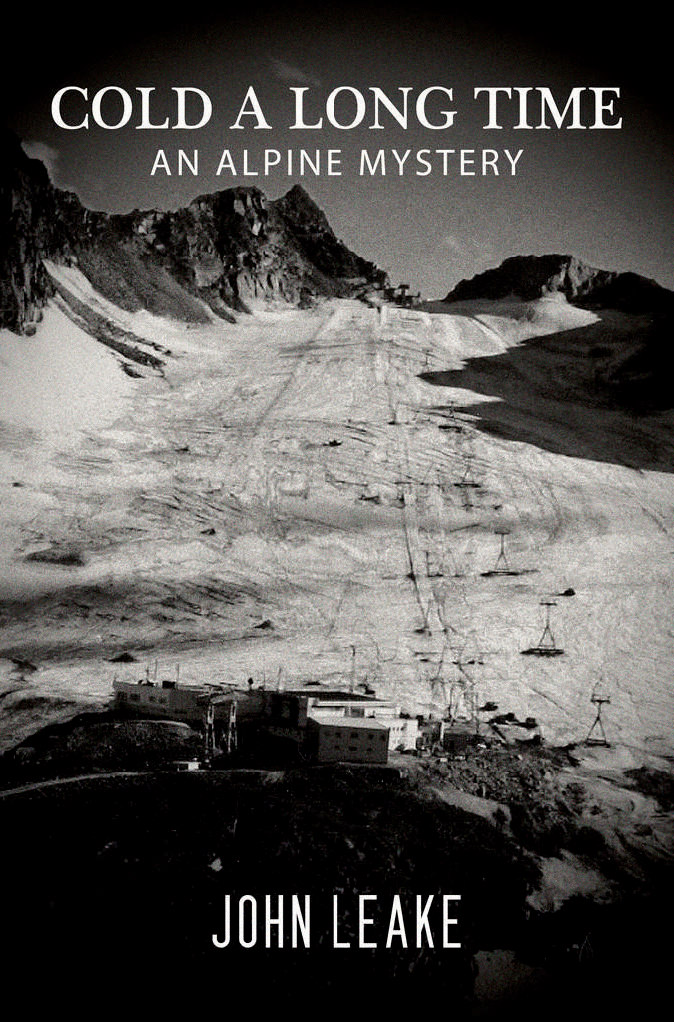-

The Cackabakah Falls, Paul Kane, c. 1849-56. Royal Ontario Museum, Toronto.
-
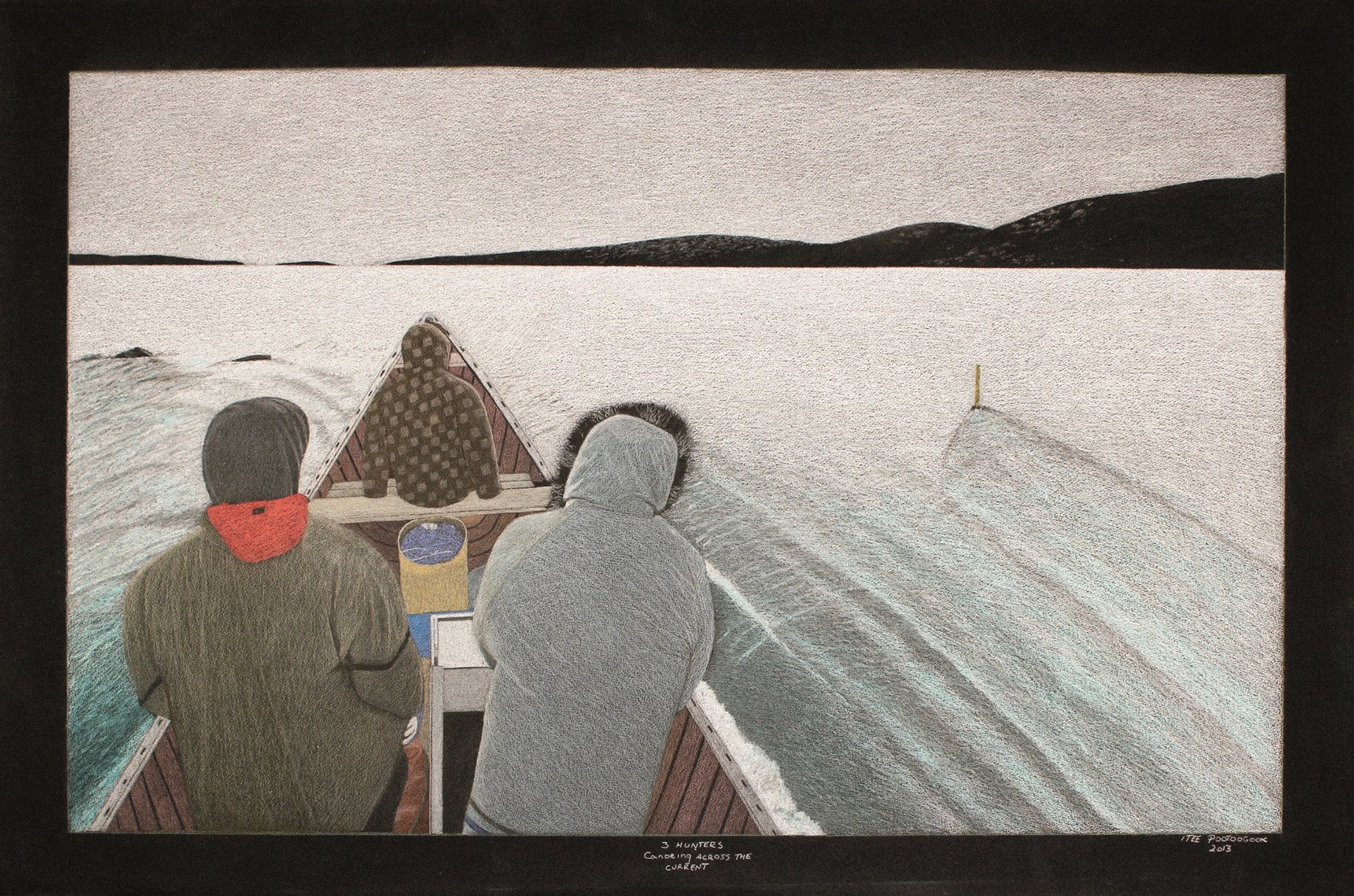
Three Hunters Canoeing Across the Current, Itee Pootoogook, 2013. Corporate Art Collection, BMO Financial Group.
-

Driving to Venus from Eddie’s Cove East, Christopher Pratt, 2000. Private Collection.
-

Ukranian Pioneer No. 6, Wiilliam Kurelek, 1971-76. National Gallery of Canada, Ottawa.
-
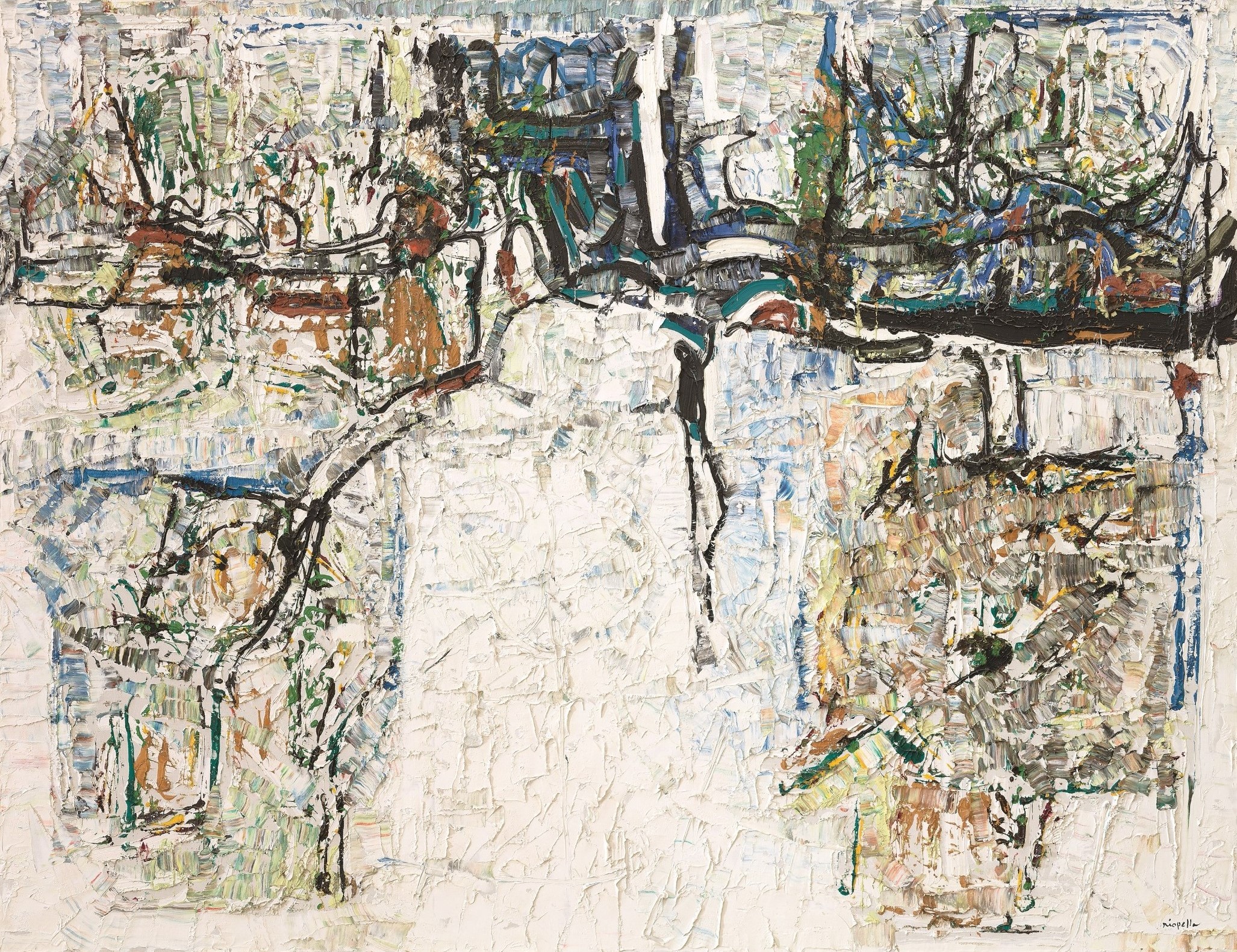
Iceberg nº 5, Jean Paul Riopelle, 1977. The Power Corporation of Canada Art Collection.
-
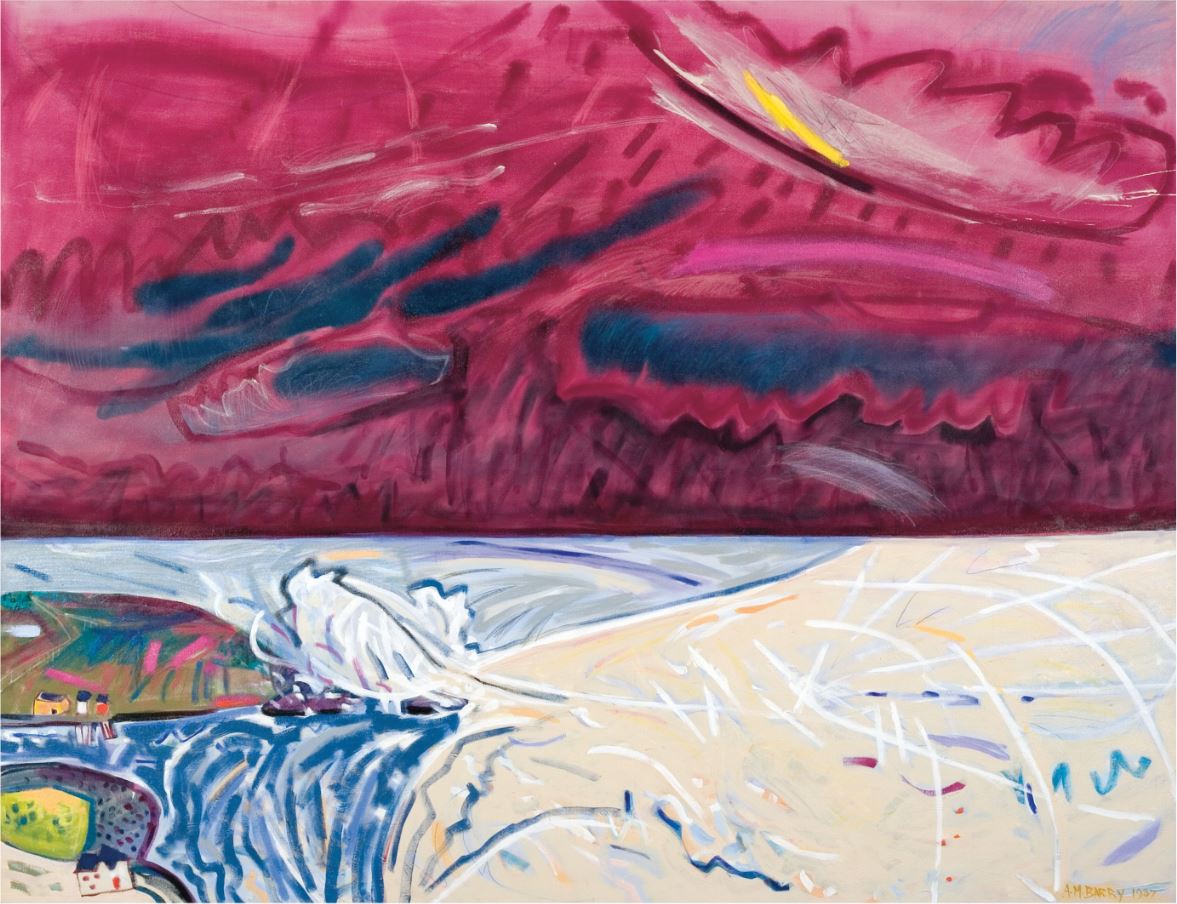
North Easter, Anne Meredith Barry, 1987. Collection of Davies War Phillips & Vineberg LLP.
The Good Lands
Canada through the eyes of artists.
The Good Lands: Canada Through the Eyes of Artists, is a new art book celebrating the beauty and power of Canada’s environment. Here, an excerpt from curator Victoria Dickenson’s introduction to the work.
“Landscape in art tells us, or asks us to think about, where we belong.”
— Malcolm Andrews, 1999
This book began in the spring of 2016 as a conversation between curators and writers about how we see and understand Canada through the works of our artists. Around a virtual kitchen table we talked about how artists depict not only the view, but also what lies beneath—how their visions inform the way we live on these lands.
We also noted how few books have celebrated the landscapes that we cherish. A book is not simply a vehicle for ideas; it is a meaningful object in itself, a gift that can be shared from generation to generation, from community to community. Integrating the “solid flesh of paper and ink”—in the words of author Alberto Manguel—with the immediacy of our experience of the land deepens our appreciation and enhances our understanding of this place.
The timing of our discussion was not accidental. In 1967 Canadians celebrated the coming of age of a modern, bilingual, bicultural nation—a place where those from diverse cultures could thrive. But that same year, Chief Dan George reminded us of those who did not—could not—celebrate this country, when he wept for the “good lands.” Fifty years later, at another moment of commemoration, we have at last begun a process of national reconciliation between Indigenous and non-Indigenous Canadians. But how do we reconcile the Indigenous understanding of the land and its significance with the views of those who have come to this country as a “new world”?
Integrating the “solid flesh of paper and ink”—in the words of author Alberto Manguel—with the immediacy of our experience of the land deepens our appreciation and enhances our understanding of this place.
We all appreciated the memorable book on our landscape published by the National Archives of Canada in 1973, Painters in a New Land. It is a rich collection of images, but the title is revealing. The artists were sojourners and settlers; the land was new to them. The material evidence of Indigenous vision is absent, even though Indigenous artists have listened to the insistent spirit of the land and created works to give voice to the earth for millennia. For too long Indigenous artists’ works have been invisible to many people. Now is the time to bring together all our artists’ visions—Indigenous and non-Indigenous—in a comprehensive survey of the way we see the land, contributing to the national process of reconciliation that is so necessary if we are to move forward together.
Our conversations grew to include new voices, including those of two writers—the celebrated poet Lee Maracle, a member of the Stó:lō Nation, and the young Innu author Naomi Fontaine—whose words inspired us to see the land through their eyes. We talked about the images we all found familiar and iconic, from Cornelius Krieghoff to the Group of Seven to Jean Paul Lemieux, as well as the new images by contemporary artists that challenge how we see Canada today. We could not include the works of all the artists who have moved and exhilarated us, and changed they way we see our country, in this book. The choices we have made are personal, as are the connections we have made between them. While we have acknowledged the importance of geography, we have allowed the works to speak to each other across time and place. We encourage readers to make new connections between the artists and their visions, and we hope that all the images resonate with those who love the “good lands.”
This book celebrates this country and honours the beauty and power of our shared spaces. In looking through the eyes of our artists, we are reminded that the land holds us, not we the land, and that we share our territories with other sentient beings, with trees and grass, with rocks and rivers. We acknowledge the power of art to reveal what is hidden, to make visible the landscapes of our imaginations and to create new visions for this country that will honour all our histories as we walk the land together.
_________
Never miss a story. Sign up for NUVO’s weekly newsletter, here.



